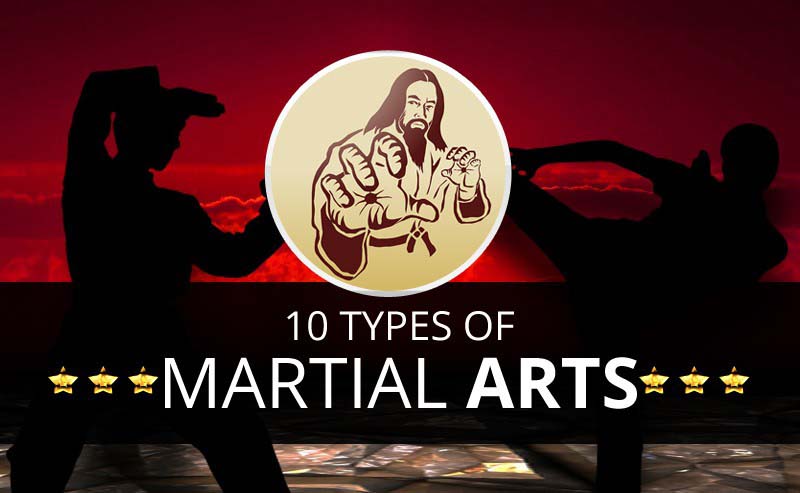Embark On A Thrilling Journey With The World Of Martial Arts
Embark On A Thrilling Journey With The World Of Martial Arts
Blog Article
Developed By-Moesgaard Henson
Enter the old world where martial arts were born out of necessity in varied regions. Cultures crafted one-of-a-kind combating styles intertwined with historical contexts. Strategies evolved over centuries with dedicated technique and social exchanges. Today, modern-day martial arts blend traditional components for maximum effectiveness. Philosophically, martial arts emphasize discipline, self-improvement, and harmony. Regard, humbleness, and equilibrium are foundational concepts guiding practitioners towards growth and resilience. Discover the midsts of this abundant background and ideology to discover the extensive impacts shaping this enduring technique.
Beginnings of Fighting Style
Fighting style originated in different areas all over the world, advancing as useful fight systems to prevent hazards. These old combating styles were created out of need, with each culture crafting strategies matched to their unique environments and obstacles. From the grappling arts of Jujutsu in Japan to the striking strategies of Martial art in China, martial arts were deeply linked with the historic, social, and cultural material of their respective societies.
In Japan, the samurai class refined martial arts like Kenjutsu, the art of the sword, which later on evolved right into the much more popularized form of Kendo. On the other hand, in Brazil, Capoeira became a blend of dancing and combat, created by enslaved Africans as a way to resist fascism. Each fighting style brings with it an abundant background and approach, showing the values and ideas of individuals that practiced them.
As you look into the origins of martial arts, you discover a tapestry of human ingenuity, resilience, and the stubborn spirit of warriors throughout time.
Development of Methods
Through centuries of technique and refinement, battle strategies within numerous martial arts have actually undergone a profound evolution. From ancient styles like Martial art and Karate to much more modern techniques such as Brazilian Jiu-Jitsu and Krav Maga, the evolution of strategies has actually been driven by a mix of cultural impacts, functional applications, and technological advancements.
martial arts good for autism of this advancement is the cross-pollination of techniques in between various martial arts. For instance, strategies from typical Japanese Jiu-Jitsu were included into the development of Judo by Jigoro Kano in the late 19th century. This blending of designs has actually led to the development of crossbreed martial arts like Mixed Martial Arts (MMA), which incorporate aspects of striking, grappling, and entry strategies.
In addition, the development of strategies has been shaped by the enhancing focus on performance and effectiveness in combat. Experts have actually constantly sought to refine their methods through rigorous training, testing, and competition, leading to the development of very specialized and reliable battling styles. Generally, the development of techniques in martial arts shows the vibrant nature of battle and the continuous mission for renovation and advancement.
Philosophical Structures
Exploring the underlying thoughtful principles of martial arts provides understanding into their core worths and guiding beliefs. At the heart of lots of martial arts techniques is the idea of technique itself. By educating https://www.news4jax.com/news/local/2021/08/31/teaching-your-kids-how-to-get-away-from-a-bad-guy/ and body to function as one natural unit, you grow discipline that prolongs beyond the dojo or health club right into daily life. This technique incorporates respect, humbleness, and self-discipline, shaping not just your physical abilities yet likewise your character.
Another basic philosophical structure in martial arts is the idea of continuous self-improvement. The journey of understanding a martial art is perpetual, with practitioners continuously aiming to much better themselves, both literally and emotionally. This focus on development cultivates strength, willpower, and a development attitude that can be applied to all facets of life.
In addition, martial arts highlight the value of harmony and equilibrium. Methods are created to make use of a challenger's energy against them, highlighting the principle of generating and redirecting pressure rather than fulfilling it head-on. This philosophy includes interpersonal partnerships, promoting peaceful resolutions and good understanding. By accepting these thoughtful foundations, martial musicians not only enhance their battle abilities yet also cultivate a lifestyle fixated personal growth, respect, and consistency.
Final thought
Finally, the background and ideology of martial arts provide a rich tapestry of custom, discipline, and self-improvement.
Take for example the story of Bruce Lee, who revolutionized martial arts by blending various styles and approaches to develop his own distinct type of Jeet Kune Do.
With commitment and innovation, martial artists continue to press borders and inspire others to reach their complete possibility both in battle and in life.
